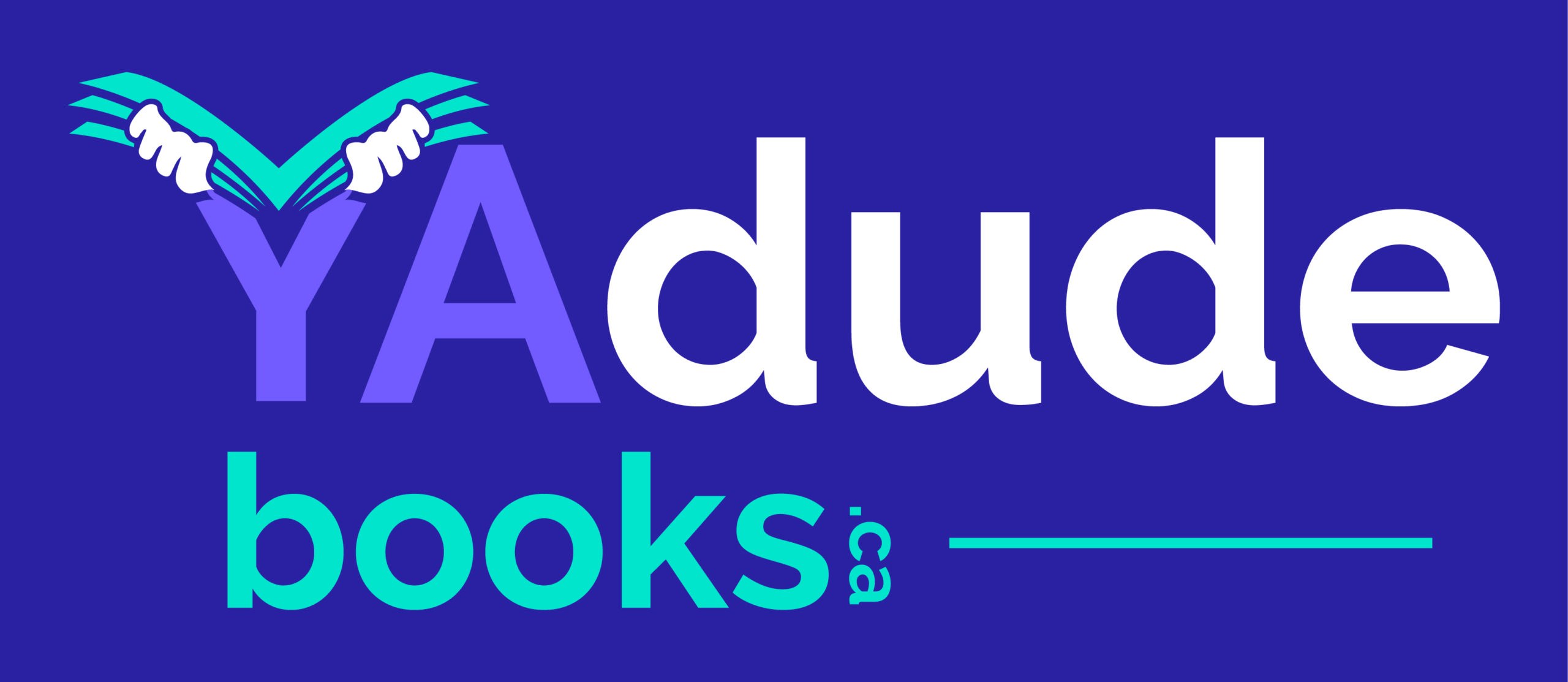An action-driven, high-octane “thrill ride” about a group of working-class teens who join a dangerous scavenger hunt with a prize that can save their families and community.
Jax the puzzler, Yas the parkourist, Spider the hacker and Han the cartographer are Team Jericho, the best scavenger hunting team in Seattle. But with an oil refinery proposed in their backyard, they fear their families are at risk of losing their jobs, communities and homes. When “The Order,” a mysterious vigilante organization, hijacks the scavenger hunting forum and concocts a puzzle of its own, promising a reward of influence, Team Jericho sees it as the chance of a lifetime. But there’s an opposing team hot on their heels and hints it may all be a dangerous setup.
This novel moves briskly; it’s full of on-foot and car chases, and it showcases four brave teens, each featured intermittently in their own first-person point of view. Having four main characters is a challenge to the reader, of course, but it’s pulled off relatively well. (Reminds me of Saturday morning cartoons where a team of youthful super-heroes must work together to save the world.) At the center is the puzzle/scavenger-hunt/cryptology challenge, whose stakes rise steadily throughout the book.
The novel is heavy on dialogue (also lots of “WTH” and F words), which keeps it fast-paced, and the dialogue is teen-authentic, including the distinctive dialogue of one of the Black characters:
“They booked me in here a few hours ago, and when they pulled me into that room to interrogate me, they was pulling ultimatums out they ass, bruh. I’ve been to juvey before, and it wasn’t this bad.”
There are places the writing shines, and rare touches of humor:
“Hold up,” I say, stepping forward and leveling my eyes at the kid who’s a monocle away from looking like Mr. Peanut.
Every time I see the anti-Roundworld protesters, they seem to get angrier and angrier, like a kettle whistling, like it’s needed relief for so long and soon it might explode.
The premise of the novel is vague and shaky: The kids are trying to solve a puzzle in order to gain power from “The Order, the extremely secretive, exclusive group bent on bringing to justice the untouchable elite.” The twist at the end (it’s all a setup by a different power than anticipated, involving arrests, insurance fraud and deadly arson) is entirely unbelievable. But that doesn’t really matter because by then, anyone still reading it, is in it for the action and the broad good-vs.-bad plotline.
What’s either laudable or excessive (take your pick) is the novel’s political correctness (PC) and diversity. Let’s take the four characters, three of whom are of color:
Yas: a gay Black Pakistani parkourist in a hijab with a father who runs a (threatened) ethnic grocery store
Jax: a broke, Black (and biracial) peace-loving vegan boy with a mother and nonbinary parent. The family eats from a community garden threatened by the refinery.
Spider: a Korean tech-whiz whose mother runs a (threatened by the refinery) ethnic restaurant
Han: a nonverbal boy who suffers anxiety attacks, with an alcoholic father who works two jobs to pay rent (one threatened by the refinery), an alcoholic brother and mentally challenged mother who abandoned him six years earlier
Then there are the teens on an opposing team, including Sigge, a blonde gay gymnast from Belarus (romance blossoms between her and Yas); Karim, a biracial rich kid who dresses rather outrageously; and Lucas, a racist double agent.
The plot and subplots involve grassroots teens bringing down corporate bad guys and pushing back against neighborhood gentrification, all while trusting a social-justice vigilante organization bent on bringing down the establishment. They also rail against “hostile architecture” constructed to prevent homeless from sleeping on park benches or sidewalks or bus seats, raise awareness that people of color are at more risk of police brutality, communicate concern for the homeless, and display attitude toward the moneyed and law enforcement:
“I’ve forced them into creeping around alleyways and through throngs of shopping white women—always risky business—and if they were lucky enough to not get arrested along with me, they’re on their way to the next clue, inching closer to wherever these pigs want them to be
Did I mention attitude and covering all PC bases? Here’s Jax after he has been thrown in jail:
[I worry whether they will] be able to accommodate my vegan diet. I’m guessing not. I’m guessing in here, I have to eat what I can get. New tears spring to my eyes at the thought of missing Mama’s olive-oil raisin cake, her carrot “bacon” and pulled “pork” sandwiches she makes with jackfruit and homemade barbecue sauce, and—oh my god—her homemade coconut-milk ice cream.”
Seriously? It just sometimes feels forced, like the PC/diversity agenda takes precedence over plot.
Apart from that, it’s high action with great pacing, including chapters that grow shorter (helping raise tension) near the end. All four characters are colorful, for sure, and the puzzle clues are very clever. (No surprise that the author also creates games.) You don’t need to be a fan of cryptology or parkour to enjoy this novel, but you just might become one after you close the covers with a smile.
-Pam Withers


